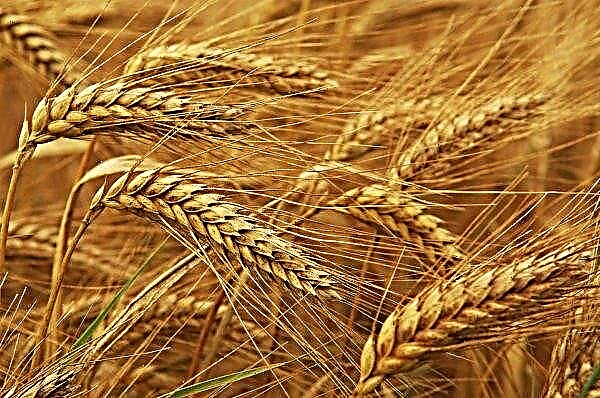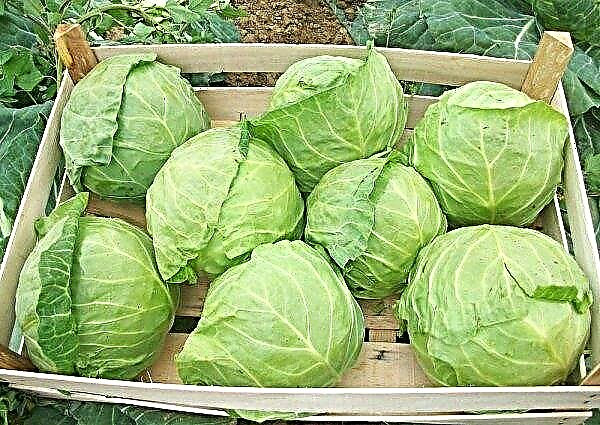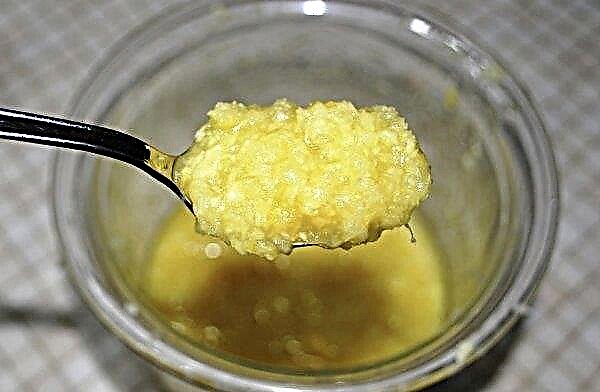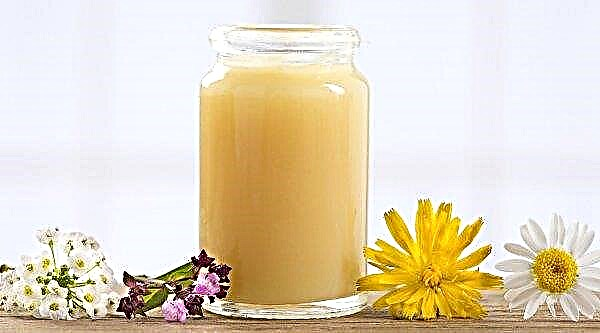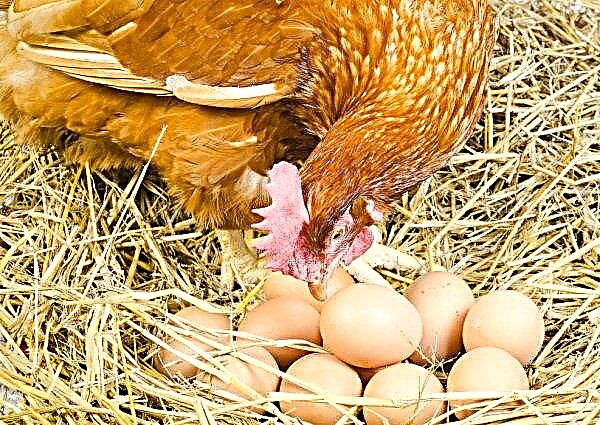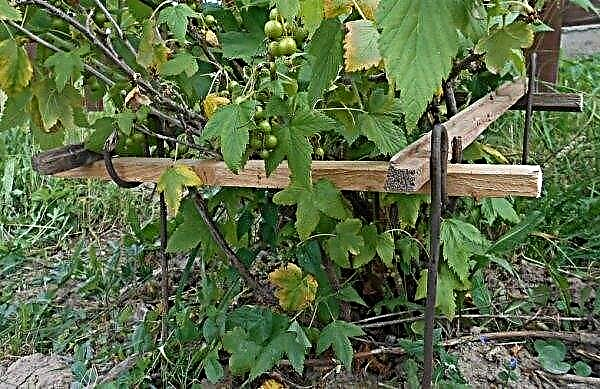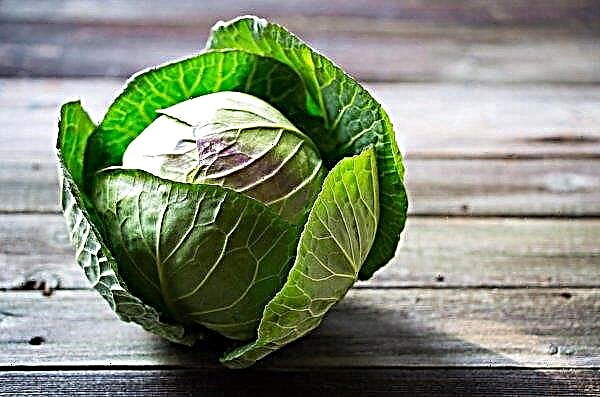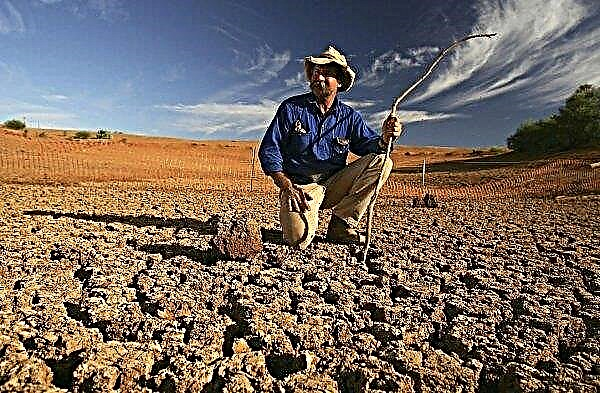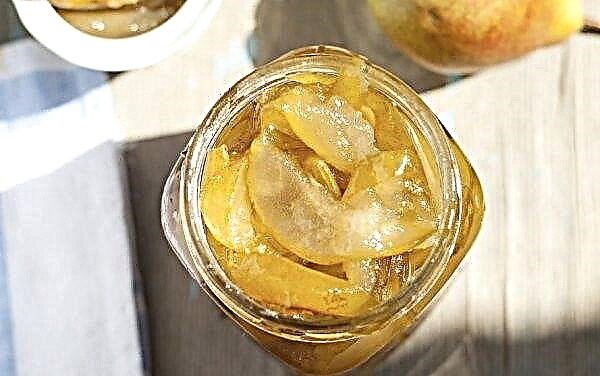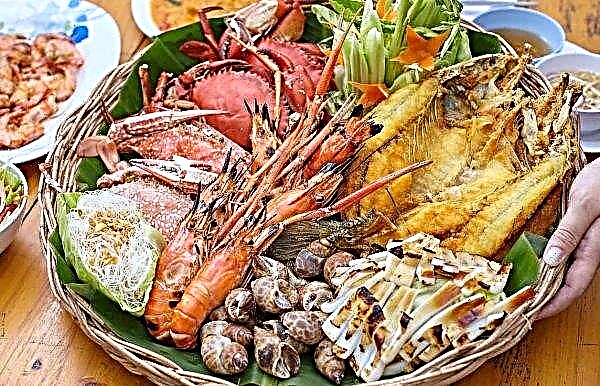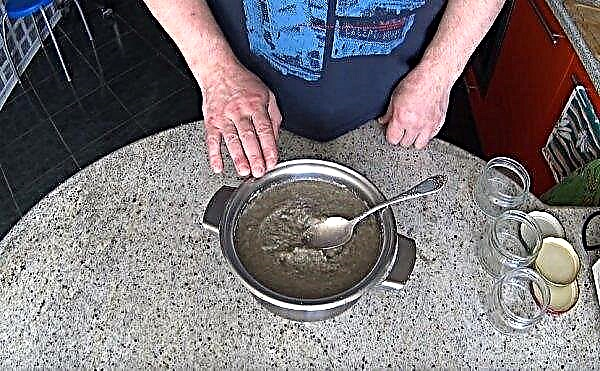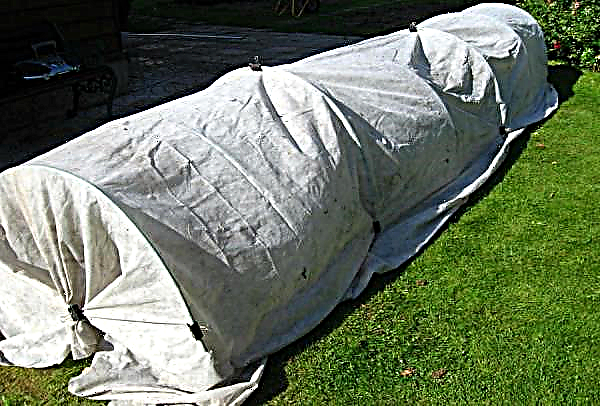The process of growing vegetables is laborious, but very exciting. For a large crop, you should approach the matter responsibly: adhere to the rules for planting seedlings, care, irrigation regime and feed with fertilizers. Not the least role is played by weather conditions: the state of the plant will depend on temperature.
Watering as an essential part of care
It is believed that tomato bushes should be watered abundantly, from a watering can or completely, but this is not entirely correct. Thus, you yourself are depriving yourself of a good harvest. Watering this kind has a bad effect on flowering, fruit setting and ripening, and flowers can also fall off.
 Watering the bushes in this way can easily provoke the occurrence of a fungal disease. This is due to an increase in air humidity. Therefore, it is correct if watering is done under the root.
Watering the bushes in this way can easily provoke the occurrence of a fungal disease. This is due to an increase in air humidity. Therefore, it is correct if watering is done under the root.
When the fruits have grown to 1–2 cm in diameter, the water consumption increases: it is necessary to water at the rate of 5–12 l / m². Watering is done 2 times in 7-10 days. With severe drainage of the soil, it is not recommended to immediately moisten it: the fruits may fall, crack, or become sick with apical rot.
If we water a couple of times a week, 3-4 liters are enough on a bushif less often - pour a little more (but not more than 5 liters). In this case, water the bush 0.8–1 l per plant. Do not be too zealous with chemical additives, let the bush adapt.
An integral stage in the cultivation is feeding
You can start feeding tomatoes 2-3 weeks after transplanting, during the formation of ovaries in the first inflorescence. Top dressing is done after watering, mineral fertilizers are applied in liquid form. Superphosphate and potassium sulfate are recommended to be introduced into the composition of the first fertilizer fertilizer, counting on 20–25 g of the first and 15–20 g of the second component per 1 m².
 The first top dressing after planting the tomato should be applied after 2 weeks during the budding period. The second - during the flowering period (interval also 2 weeks).
The first top dressing after planting the tomato should be applied after 2 weeks during the budding period. The second - during the flowering period (interval also 2 weeks).
Also, up to 10 g of ammonium nitrate / 1 m2 can be added to the fertilizer complex if the soil is too poor or drained. To bring to such a state, of course, is not worth it. When the fruits begin to ripen, you can make a second top dressing, based on 15–20 g of ammonium nitrate and 20–25 g of potassium sulfate per 1 sq.m. If necessary, you can spend a third.
Foliar top dressing is used for quick effect., that is, to get an early result. For 10 l of water: 16 g of urea and potassium sulfate, 10 g of superphosphate.
Fertilizing tomatoes is often accompanied by processing plants against diseases and insects. To better achieve the result, the procedure is carried out in the evening, when the scorching sun does not allow the solution to dry quickly, and morning dew helps it absorb better. To prevent the spread of fungal diseases, it is recommended to treat plants with copper-containing preparations 2-3 times a season closer to August: Bordeaux liquid, copper chloride and others.
Foliage removal in the first stages
A month or a half after planting seedlings, in sunny, morning weather, lower leaves are removed on it. When the fruits ripen, on the stem below it should not be at all. Then they are still removed, but not higher than 2-3 inflorescences.
 Such manipulations facilitate air exchange in the lower part of the plant, this prevents the onset and spread of late blight and accelerate the ripening of fruits.
Such manipulations facilitate air exchange in the lower part of the plant, this prevents the onset and spread of late blight and accelerate the ripening of fruits.
More than 2–3 leaves cannot be removed per week in tall plants and 1–2 in short plants. The first 5 leaves on a tomato bush can be safely removed. They must be removed. It is not possible to harm this, on the contrary, it is only useful.
Not everyone can see large tomatoes in their garden, but if you follow the recommendations, then the opportunity to get a result increases. First of all, take your time, monitor the air temperature: it should be positive, somewhere + 25 ° C. It is not advisable to allow the soil to dry out; for this, maintain the level of humidity. And do not forget about the variety of tomatoes, because not every species can give birth to large.

